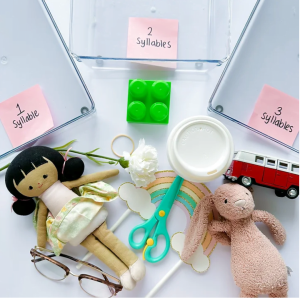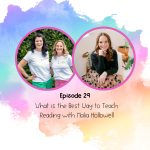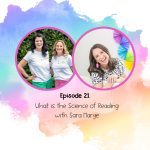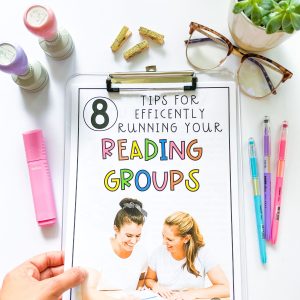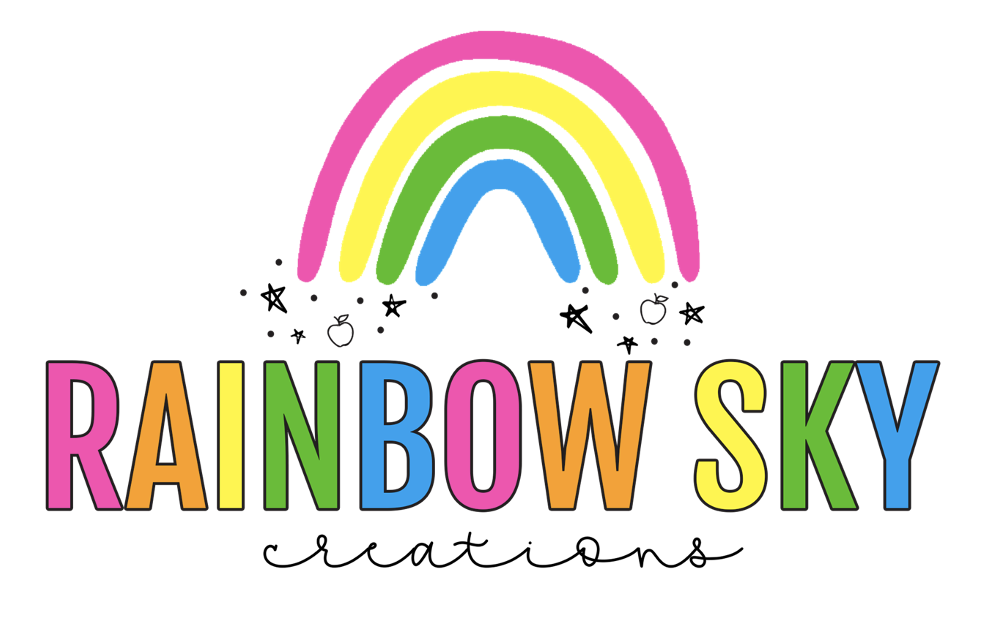The Science of Reading is a hot topic right now, and for good reason! Teachers globally are learning how to effectively teach the students in their care to read based on the research on the science of reading.
But let’s just back up for a minute… What is the science of reading? Why is it important? And is the science of reading something Aussie teachers need to pay attention to?
The simple answer to this final question is YES.
The science of reading (or SOR) is something we need to pay attention to, and we will delve into the why and how in this article.
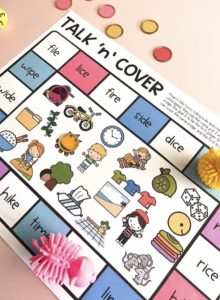
We have recently published two podcast episodes with experts on the topic of the science of reading. If you are a person who would rather listen than read, check them out here:
What is the Science of Reading with Sara Marye
What is the Best Way to Teach Reading with Malia Hollowell
These two episodes are a gold mine for teachers aiming to improve their literacy instruction.
Ok, let’s get into it….
The Science of Reading 101 and why we must care about this research as Aussie Teachers:
As primary teachers, our quest for effective teaching strategies is ongoing, particularly regarding the crucial skill of reading.
The science of reading has often been clouded by misunderstanding and myth. Some have confused it with a specific curriculum or a passing fad. However, Sarah Marie from The Stellar Teaching Company clarifies that the science of reading is a comprehensive, cross-disciplinary research field providing a blueprint for successful literacy instruction.
Simply put, the science of reading is just research. Our job as teachers is to learn about what the research says (how students best learn to read) and put it into action in our classrooms.
“Data or research shows that we can help 95% of students learn to read by the end of first grade, which is really exciting. We just have to ensure we use the right tools and strategies.” Malia Hollowell
The five crucial elements of literacy
There are 5 elements of literacy instruction that we need to include in our practice to align with the science of reading research. These are:
- Phonemic awareness
- Phonics
- Fluency
- Vocabulary
- Comprehension
These components aren’t mere boxes to tick but interconnected threads that must be interwoven consistently throughout all education stages to foster proficient readers.
Scarbough’s Reading Rope is a great visual that shows how these ‘threads’ work together.
Image: We are Teachers
“Literacy instruction is not a task list but a multifaceted tapestry to be woven with intent and knowledge” Sara Marye
Why ‘Balanced Literacy’ is not 100% aligned with SOR
There are many drawbacks to a balanced literacy program – a methodology that has been prevalent in classrooms for decades. Simply put, balanced literacy doesn’t work for all learners.
On the other hand, the research behind the science of reading delves into how the brain learns to read, and it is accessible to all learners.
So, to begin with, we are being more inclusive and allowing every student the same opportunity to learn to read when adopting the science of reading principles.
Does that mean everything from a balanced literacy program needs to be thrown away? Absolutely not! It is about making small changes and careful choices when teaching during our literacy block.
As Malia Hollowell puts it, “The Science of Reading is a brain-friendly way to teach reading!”
Actionable Strategies for Teachers
Let’s discuss some of these tweaks and changes we can make in our classrooms.
Start by practising phonological awareness every single day – in every grade (aka hearing the parts of spoken language). Activities such as:
- Counting words in a sentence
- Syllable segmenting
- Looking at individual sounds in a word
In upper grades, this might look like learning Latin roots.
2. Practice phonics every day. Meaning taking sounds we hear in words, and connecting them to the written letters. This needs to be taught in a specific order to work best for our learners.
In older grades, this would look like learning about words according to spelling rules or patterns or studying word parts – think prefixes and suffixes.
3. Finally, build students’ language comprehension through vocabulary. When reading stories aloud to students, ask them great comprehension questions at the end of the story to ensure that they’re following along with what’s happening. Also, having conversations about text throughout the day will serve them as they read more difficult texts as they get older.
SOR – Helping students to read is like baking a cake
We love this analogy that Malia shares about teaching reading:
If you imagine baking a cake and taking out two bowls, we’re going to have one bowl that has all of our wet ingredients, like vanilla and milk and eggs, and then in our second bowl, we’re going to put all of our dry ingredients, so flour, sugar, baking powder.
If we were to take our dry ingredients and pop them in the oven when the timer went off, and we pulled them out of the oven, if we tried to eat that, it would be disgusting. It would be grainy, gritty, and gross, so it tastes like sand.
Similarly, if we took all of our wet ingredients and put them into the oven when we pulled them out, it would be like a fluffy egg souffle that probably wouldn’t have much substance.
So the only way we can bake a great cake is to mix the wet and the dry together, which is very similar to how we teach students to read.
We need a bucket of word-reading skills, like phonics and phonological awareness, so kids can actually sound out those words. But we also need this bowl of language comprehension skills so kids can understand what they’re reading. When we have language comprehension and word reading together, students have rock-solid reading comprehension.
Teachers, consider this your call to action to not only comprehend the science of reading but to incorporate it practically in your classroom.
Research-supported literacy instruction will undoubtedly transform your students’ learning experience. We know change can be scary, but every little step in the right direction makes an impact.
Thank you to Sara Marye and Malia Hollowell for generously sharing their wealth of knowledge with us about the SOR.
Before you go, you might like to get your hands on this freebie:
What to read next:
Setting up reading groups for success
5 ways to increase student engagement
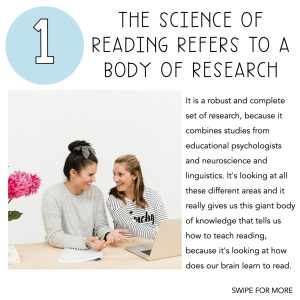
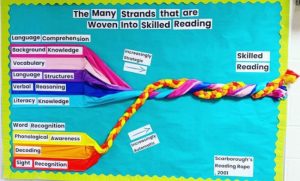
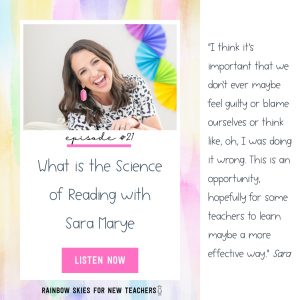
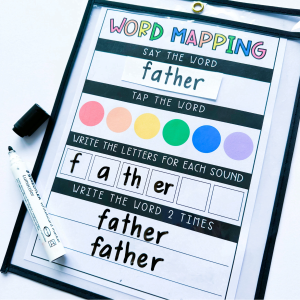
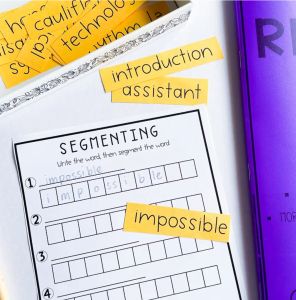
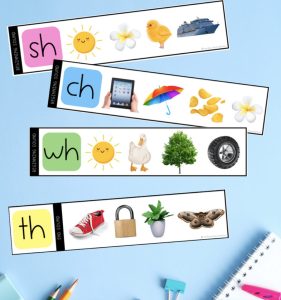
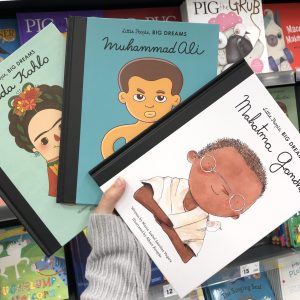
![The Science of Reading - Essential Components and Where to Start for Aussie Teachers - Rainbow Sky Creations Alisha + Ash from Rainbow Sky Creations [ Student Engagement Ideas ]](https://rainbowskycreations.com/wp-content/uploads/2023/12/Eating-Cake-Alisha-Ash-300x230.jpg)
